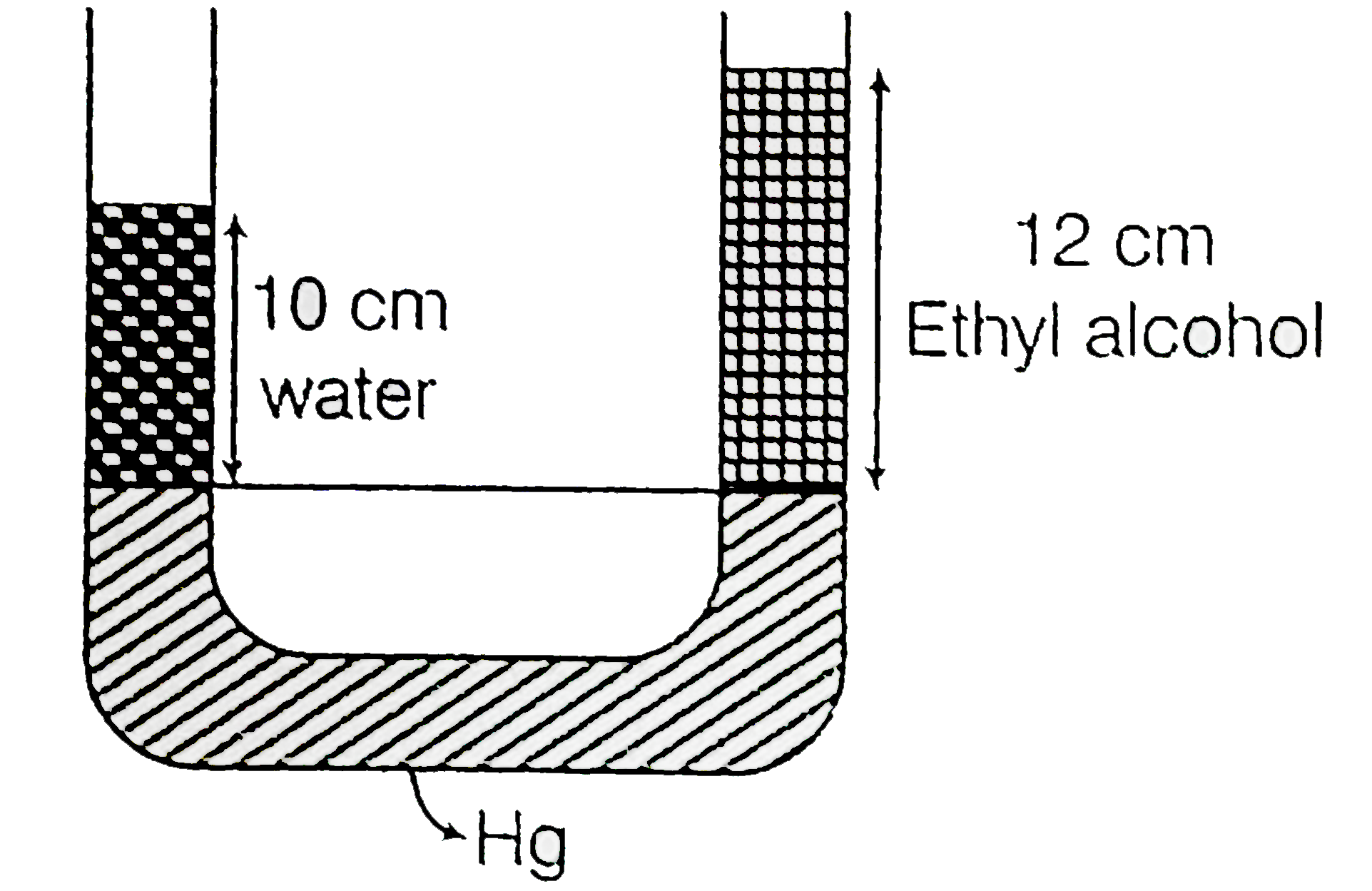Ethyl bromide can be convertd into ethyl alcohol by
heating with dilute hydrochloric acid and zinc
Boiling with an alcoholic solution of KOH
The action of moist silver oxide
Refluxing methanol
The correct Answer is:C
To convert ethyl bromide (C2H5Br) into ethyl alcohol (C2H5OH), we can follow these steps:
Step 1: Identify the Reactants
We start with ethyl bromide (C2H5Br) as our starting material. We want to convert this to ethyl alcohol (C2H5OH).
Step 2: Choose the Appropriate Reagent
Among the options provided, we need to find a reagent that can effectively replace the bromine atom (Br) in ethyl bromide with a hydroxyl group (OH).
Step 3: Analyze the Options
1. Heating with dilute hydrochloric acid and zinc: This will not yield ethyl alcohol; instead, it may lead to the formation of HCl and other by-products.
2. Boiling with alcoholic solution of KOH: This will typically lead to the formation of an alkene through elimination rather than substitution, so it won't yield ethyl alcohol.
3. Action of moist silver oxide (Ag2O): This is a strong nucleophile that can effectively replace the bromine atom with a hydroxyl group, resulting in the formation of ethyl alcohol.
Step 4: Conclusion
The correct method to convert ethyl bromide to ethyl alcohol is through the action of moist silver oxide (Ag2O).
Thus, the final reaction can be summarized as:
C2H5Br+Ag2O→C2H5OH+AgBr
Final Answer
Ethyl bromide can be converted into ethyl alcohol by the action of moist silver oxide (Ag2O).
---
We start with ethyl bromide (C2H5Br) as our starting material. We want to convert this to ethyl alcohol (C2H5OH).
Among the options provided, we need to find a reagent that can effectively replace the bromine atom (Br) in ethyl bromide with a hydroxyl group (OH).
1. Heating with dilute hydrochloric acid and zinc: This will not yield ethyl alcohol; instead, it may lead to the formation of HCl and other by-products.
2. Boiling with alcoholic solution of KOH: This will typically lead to the formation of an alkene through elimination rather than substitution, so it won't yield ethyl alcohol.
3. Action of moist silver oxide (Ag2O): This is a strong nucleophile that can effectively replace the bromine atom with a hydroxyl group, resulting in the formation of ethyl alcohol.
The correct method to convert ethyl bromide to ethyl alcohol is through the action of moist silver oxide (Ag2O).
C2H5Br+Ag2O→C2H5OH+AgBr
Ethyl bromide can be converted into ethyl alcohol by the action of moist silver oxide (Ag2O).
Similar Questions
Knowledge Check
Ethyl bromide can be converted into ethyl alcohol by
Aheating with dilute hydrochloric acid and zincBboiling with an alcoholic solution of KOHCthe action of moist silver oxideDrefluxing methanolEthyl bromide can be converted into ethyl alcohol by :
AHeating with dilute hydrochloric acid and zincBBoiling with an alcoholic solution of KOHCThe action of moist silver oxideDRefluxing methanolEthyl bromide can be converted into diethyl ether by :
Areacting with sodium ethoxideBheating with moist silver oxideCheating with dry silver oxideDtreating with C2H5MgBr
95% ethyl alcohol can be converted to 100 % ethyl alcohol by the following
View SolutionEthyl bromide can be obtained by the action of HBr on
View SolutionEthyl bromide can be obtained by the action of HBr on
View SolutionFind density of ethyl alcohol

View SolutionWhich of the following is boiled with ethyl chloride for the preparation of ethyl alcohol?
View Solution
